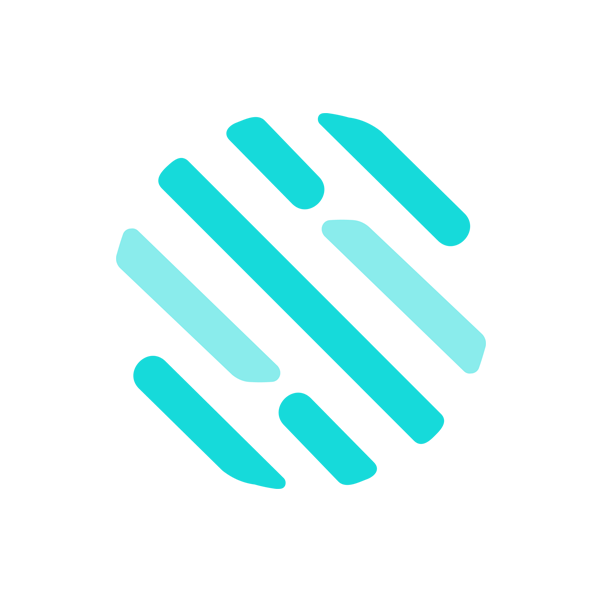How might we design for alternate futures
Innovation – something many companies strive for, but struggle to achieve. One reason may be that innovation is premised on taking a conceptual leap into the future, when most resources are being spent on the basics of running a business in the present. But the world of “what if?” may soon be within reach. New methods, born at the intersection of design, strategy, literature studies, and the social sciences, are gaining momentum in the business world by promising to simultaneously probe and shape the future.
A few of us from the San Francisco office recently attended a talk presented by the Critical Designs/Speculative Futures Group. (If you live in the area and want to keep up with their coming events, check out their Meetup page, alternately, follow them on Futures Design).
The group is interested in challenging traditional product and service design praxis – using methods, such as critical design, design fiction, and speculative ethnography, to ask questions like:
- “It may be technically possible to create X product, but is it desirable? What are its possible impacts and consequences?”
- “What kind of future context might this product exist in, or produce by its existence? How can we use design to promote certain kinds of futures and mitigate against others?”
Unlike future forecasting methods that focus on data and probability to identify the likeliest outcome, these methods embrace storytelling as a means to both imagine and actually realize the future. Below are some of our thoughts and takeaways following the event.
Design consultancies are really good at describing the Now, but not so much the Next.
The tools of design thinking, so adept at identifying current pain points and opportunities through research with current users, are not necessarily optimized for generating recommendations for future scenarios, especially those with distant (10+ year) horizons. Developing capabilities to map large-scale trends, conceptualize what the future will look like, and produce future-focused solutions for clients is something design innovation firms should invest in.
In this entry from the 2014 TBD Catalog, “A catalogue of the near future’s normal everyday”, is meant to make us chuckle and reflect. But sometimes life imitates art: a biotech startup in Cambridge, Massachusetts really is selling a microbial body spray.
With the future, it’s more important to be creative than correct.
As future-focused researchers and designers, we are not tasked with predicting the future (no crystal balls required!), but rather with considering the full range of possibilities – even the unappealing ones – so we can be proactive in creating a future that we want. This is actually the first of Five Tips for Thinking Like a Futurist, based on Jane McGonigal’s SXSWedu keynote.
To imagine the future, we need to illustrate it.
Historically, speculation about the future was largely ideological, with various schools of thought proposing their own visions of ideal (social, economic, etc) futures. An exciting new role for researchers and designers today is to actively demonstrate possible futures through forms of written, visual, or tangible narration. These compelling “artifacts from the future” aim to give audiences (and clients) a visceral sense of how the future might look and feel, and give designers the inspiration to generate radical new products, services, and systems.
The best critical design artifacts capture our hopes and anxieties about the future with jarring immediacy. This tragically cheery refrigerator magnet from 2020 foreshadows the consequences of global warming.
When imagining the future, keep the broader context in mind.
Too often, a piece of technology takes the lead in defining future direction for business – the so-called “solution looking for a problem” that relegates human needs and environmental factors to an afterthought. But, in the same way that the best products of the present are rooted in specific configurations and constraints, the most provocative (if still speculative) products of the future must take into account the wider worlds they are set in. Ethnography, with its holistic and fine-grained accounts of everyday life, is a useful tool for this type of work.
In the video above, the creators of concept video A Day of Glass, Corning, take time to set the scene and develop a narrative, subtly noting ways in which future society may change (progressive gender dynamics; blurred ethnicity) but also stay the same (Grandma still calls to check in).
Conclusion
Design and innovation agents within the business world must develop practices to channel the disruptive potential of these methods in ways that are relevant and intelligible to their clients.
The actual form this engagement takes will depend on the specifics of each project, and also on the client’s appetite for the temporary discomfort of imaginative leaps and upset status quo. Whether they are playful artifact-building exercises in a brainstorm session, or an exhaustive report analyzing a set of future scenarios in depth, the output must feel directly applicable to business stakeholders… and the story, as gripping as the best science fiction.


